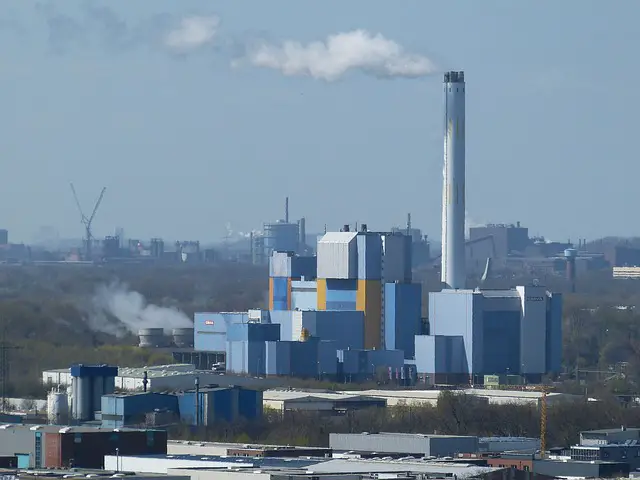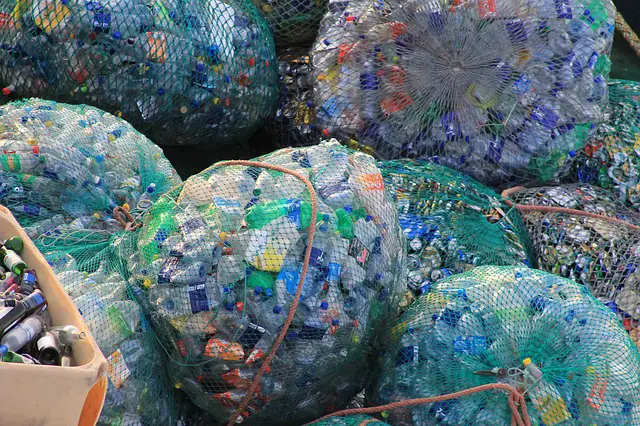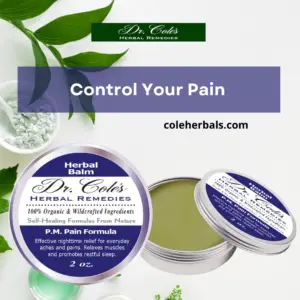Aquafina has changed its labels to reflect what it actually is – P.W.S. or Public Water Source – tap water. Granted, it is filtered. The company explains a seven-step process on its website, which includes UV light, reverse osmosis, a charcoal filter, and ozonation.
Under the pressure from Corporate Accountability International about “misleading labels”, PepsiCo spokeswoman Michelle Naughton said in 2007 that if changing the labels “helps clarify the fact that the water originates from public sources, then it’s a reasonable thing to do.”
Another big bottled water — Dasani, owned by Coca-Cola, had to do the same, and their spokesperson Diana Garza Ciarlante said: “We don’t believe that consumers are confused about the source of Dasani water,” according to ABC News. In total, about 40 percent of bottled waters are actually just tap water which may or may not have received additional treatment.
Were consumers ever confused about the source of the water? Maybe some of us were. After all, Aquafina has a mountain on its label. But now it has been years after the truth has been out in the public – so, is bottled water really worth buying?
More Reasons to Reconsider Bottled Water
In a short 2010 video, The Story of Stuff Project co-operated with Corporate Accountability International, Food & Water Watch, Polaris Institute, Pacific Institute and Environmental Working Group to bring some facts about the bottled water and its production to light.
 Oil and energy use: To make enough plastic water bottles to meet the demand in the U.S., it annually takes as much energy as it would to fuel one million cars. Bottled water is “up to 2,000 times more energy-intensive than tap water.”
Oil and energy use: To make enough plastic water bottles to meet the demand in the U.S., it annually takes as much energy as it would to fuel one million cars. Bottled water is “up to 2,000 times more energy-intensive than tap water.”
Water use: According to the Pacific Institute, in 2006 it took 3 liters of water to produce just 1 liter of bottled water, which is a huge waste of our resources.
Cost: The Food & Water Watch consumer advocacy group estimated that to produce bottled water it costs about 2,000 times more than tap water.
Post-consumption: What happens after we throw away the plastic bottle? The bottles either end up in landfills where they stay there for thousands of years, in incinerators that produce “hazardous air emissions and toxic ash,” are dumped in other countries such as India, or downcycled to a lower quality plastic products that are dumped somewhere afterwards.
 Plastic bottles pollute the oceans: Huffington Post reported that plastic is the number one form of pollution in the ocean – there are estimated to be over 460,000 pieces of plastic in every square mile of the ocean floor.
Plastic bottles pollute the oceans: Huffington Post reported that plastic is the number one form of pollution in the ocean – there are estimated to be over 460,000 pieces of plastic in every square mile of the ocean floor.
Bottled water is not always better: The Natural Resources Defense Council also has tested these products, estimating that 25% of bottled water is just un-filtered tap water. About 22% of the bottled water they tested was contaminated by at least one chemical above standard health limits. There has also been evidence that plastic leaches into the water, especially when left out in the sun, and that can contribute to health issues such as with reproductive organs and some types of cancer.
Is Tap Water Good Enough?
There are many reasons for never buying bottled water again, but should we drink tap water? It should be noted that tap water in the United States still contains fluoride, which has been classified as a neurotoxin in the prestigious journal The Lancet, as well as chlorine, prescription drug residues and many other chemicals. There have also been serious incidents inolving public tap water, such as the recently contaminated water with lead in Flint, Michigan.
In terms of fluoride content, Aquafina checks in at .05 ppm, which is a decent amount less than the average levels of bottled waters tested in 2005 of .11 ppm according to the Fluoride Action Network. But considering the problems with the continued use and disposal of plastic bottles and the availability of home water filtering systems, there are much better ways to get healthy water.
In the U.S. tap water is underfunded by about by $24 billion. The world spends over $100 billion a year on bottled water. Instead, what if we used that money for making our tap water cleaner? That would have a big positive effect on our environment and our health, but it will require a major movement to make it happen. We need to start demanding that the cities remove fluoride from the tap water and ask for more research and installation of better filtration systems. For now, using tap water with a good home filter is an excellent starting point.
Thanks for installing the Bottom of every post plugin by Corey Salzano. Contact me if you need custom WordPress plugins or website design.







